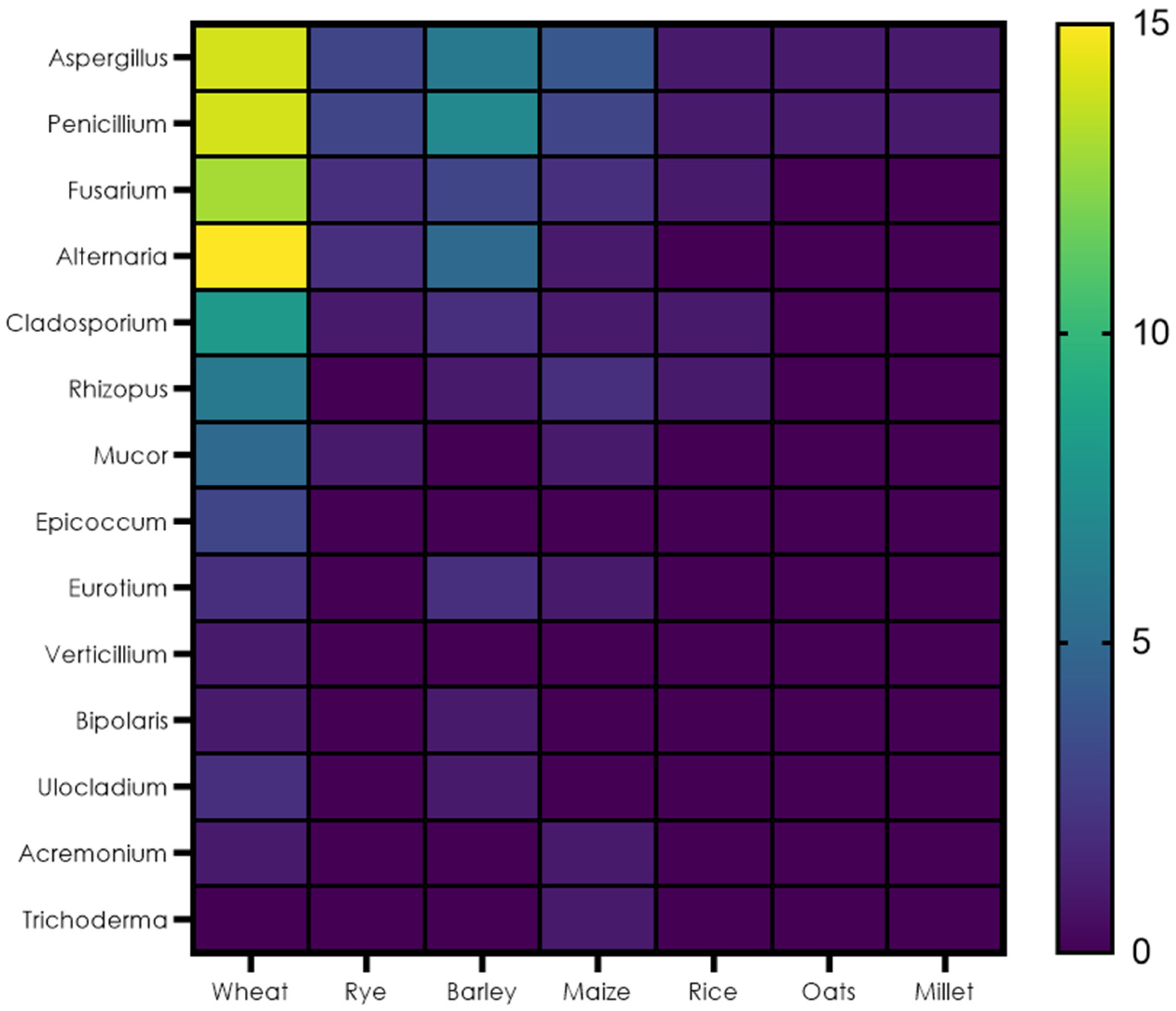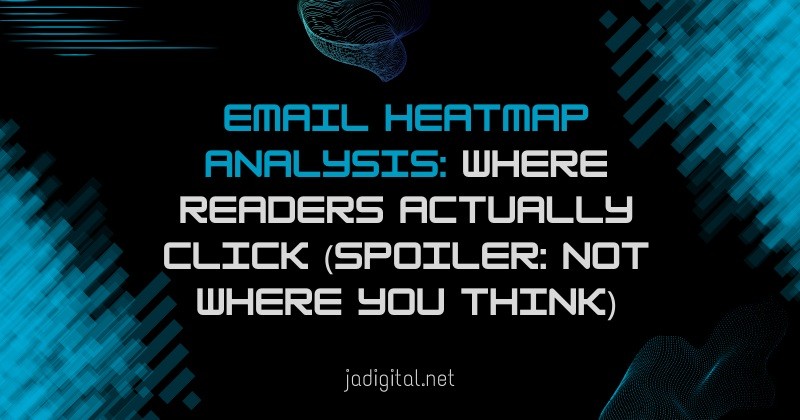Understanding where readers click in emails is crucial. It helps improve engagement and optimize content.
Email heatmap analysis can reveal surprising insights. You might think readers click on obvious spots like bold headlines or big buttons. But, data shows clicks happen in unexpected places too. This analysis helps you see where attention really goes. Knowing this can change how you design emails.
It can lead to better strategies and more effective campaigns. Stay with us as we dive into the surprising world of email heatmaps. You might be astonished by what we uncover.

Credit: www.mdpi.com
Quick Navigation
Introduction To Email Heatmaps
Understanding how your audience interacts with your emails is crucial. Enter email heatmaps. These tools reveal where your readers click the most. They provide visual insights, showing hot spots of activity. This can transform your email marketing strategy.
What Is An Email Heatmap?
An email heatmap is a visual representation of where readers click within an email. It uses colors to show high and low click areas. Red areas indicate many clicks, while blue areas show fewer clicks. This helps marketers see what parts of the email grab attention.
Importance Of Heatmap Analysis
Heatmap analysis reveals valuable insights into reader behavior. By seeing where readers click, you can optimize email design. Highlighting popular areas can drive more engagement. Adjusting less-clicked areas can improve overall performance. This data-driven approach enhances email effectiveness.
In short, email heatmaps are vital. They help you understand and improve reader interaction. This leads to more effective email campaigns and better results.

Credit: www.goodreads.com
Common Misconceptions
Email heatmap analysis offers surprising insights into where readers click. Many marketers have assumptions about click behavior that don’t align with reality. These misconceptions can lead to missed opportunities in email marketing.
Assumptions About Click Behavior
Reality Of Reader Engagement
Key Areas Of Click Activity
Email heatmap analysis shows where your readers click. Understanding this can improve your email campaigns. You might think you know the hotspots. But the results can surprise you. Let’s explore the key areas of click activity in your emails.
Top Performing Sections
The header area often gets the most clicks. This includes your logo and main navigation links. Readers see these first. Make sure your logo links to your homepage. Use clear and concise navigation labels.
Another high-click area is the call-to-action (CTA) button. Place it above the fold. Make it stand out with a contrasting color. Use action-oriented text like “Buy Now” or “Learn More”. Keep it simple and direct.
Surprising Click Zones
Many readers click on images. Even if they are not linked. Always link your images to relevant pages. This can drive more traffic to your website.
Footer links also get more clicks than you think. Include important links here. Think about your contact info, social media profiles, and privacy policy. Make sure they are easy to find.
Text links within your content can also see high click rates. Readers trust content that provides value. Use these links to guide them to more information. Keep the linked text short and relevant.

Credit: contentsquare.com
Optimizing Your Email Layout
When it comes to email marketing, understanding where your readers actually click is crucial. Surprisingly, the most clicked areas are not always where you think they are. By optimizing your email layout, you can increase engagement and drive more action from your readers.
Design Tips For Better Engagement
Start with a clean and simple layout. A cluttered email confuses readers and discourages clicks. Use white space effectively to make your content readable.
Place your call-to-action (CTA) buttons strategically. Typically, buttons above the fold perform better. However, test different placements to see what works best for your audience.
Use contrasting colors for your CTA buttons to make them stand out. Ensure your buttons are large enough to be easily clickable on mobile devices.
Testing And Iteration
Test different email layouts to see which ones get more clicks. Use A/B testing to compare variations. For example, try different CTA placements or color schemes.
Analyze your email heatmap data regularly. It helps you understand where readers are clicking and where they are not. Use this data to adjust your design and content.
Iterate based on the insights you gather. Small tweaks can make a big difference in engagement. For instance, if readers are not clicking on your CTA, try changing the text or color.
Have you ever been surprised by where your readers click in your emails? Share your experiences and tips in the comments below!
Conclusion
Understanding email heatmap analysis offers valuable insights. Readers click in unexpected places. These insights help improve email design and effectiveness. Focus on areas with high engagement. This boosts click-through rates. Applying this knowledge can lead to better results. Analyze your emails regularly.
Adjust your strategies based on findings. Stay ahead by knowing where readers actually click. Your emails will become more engaging. Results will follow.
